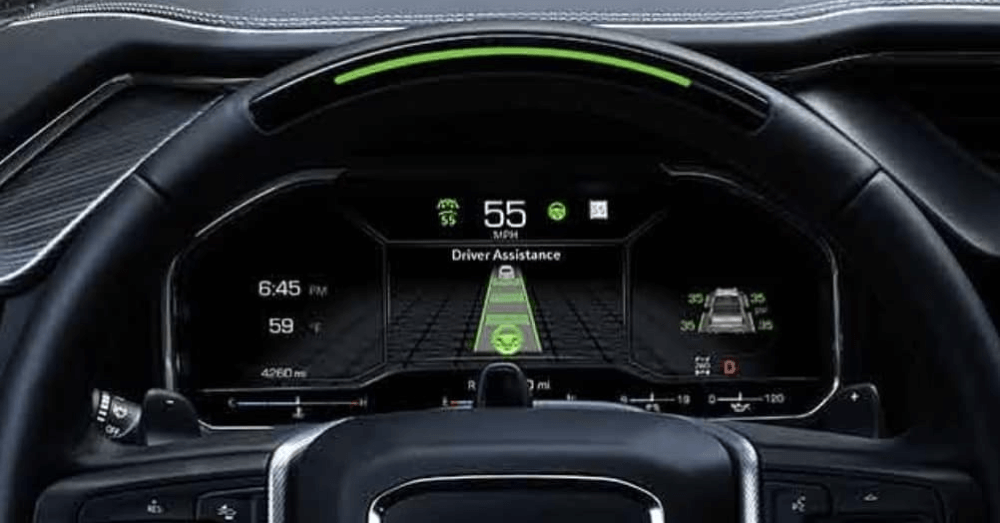Some new vehicles have hands-free driving systems that allow the vehicle to handle most of the driving duties. What are some of these systems?
You might not have to touch your steering wheel very often if you spend a lot of time driving on a highway and you have a vehicle that’s equipped with a hands-free driving system. These systems aren’t made to take over all aspects of driving, but some can handle the challenges of making lane changes for you, while also maintaining a safe distance from other vehicles around you.
Pros and Cons of Hands-Free Driving Systems
Pros
- Enhanced Safety – like it or not, the computers and systems in your vehicle can do the job of driving better than you.
- Convenience – The use of voice-activated controls for some systems allows drives to focus on the road. This means you can be safer when using the electronic systems programmed into your vehicle.
- Efficiency – Your car can help you drive more efficiently using one of these systems. The adaptive cruise control system can maximize your fuel mileage and help you get the most out of a tank of gas.
- Reduced Driver Fatigue – If you don’t have to be as much of an active participant in the act of driving your vehicle, you’ll be less fatigued when you arrive at your destination.
- Traffic Management – As automakers continue to improve hands-free driving systems, traffic will get better, and vehicle-to-vehicle and vehicle-to-everything communication can reduce congestion and improve overall traffic flow.
Cons
- Over-Reliance and Complacency – Drivers can get overly reliant on these systems, which means they aren’t prepared to react as quickly as they should be when the system fails or isn’t engaged.
- Technical Glitches – These systems aren’t perfect yet, and that means they can fail, and that could cause an accident. Software and hardware failures lead to problems when driving.
- Legal and Ethical Concerns – The legal matters involving these systems are still being worked out, which means there are questions still arising that haven’t been thought of yet.
- Cost – Advanced systems can be expensive to install and maintain. This means it adds more to the cost of the vehicle, making it difficult for some drivers to afford them.
- Incompatibility – Not all vehicles can handle this new technology, and older vehicles won’t be compatible or have these new hands-free driving systems installed. This means some vehicles will have it and others won’t for a long time.
What are some of the best systems?
Four of the top choices when it comes to hands-free self-driving are the Ford BlueCruise, GM’s Super Cruise, BMW’s Driving Assistant Plus, and Tesla’s Autopilot with Full Self-Driving. The Tesla system is the only one that requires you to keep your hands on the wheel at all times, but it’s also the only system that can be utilized on city streets. The other systems are only good for highway driving and aren’t active on city streets.
The BMW Driving Assistant Plus system can be used at speeds up to 70 mph, which is pretty good, but the GM Super Cruise system is useful while towing, which the Ford BlueCruise is not. The Ford system has improved lane-tracing abilities over the older version o the system. GM has been making continuous changes and upgrades to its system to keep it near the top of the mix.
Which system does it the best?
The best of the hands-free driving systems is hard to pick. There are four great choices, and each one performs well in various situations. If you want your system to work well while driving in city traffic, the only choice is Tesla. On the other hand, if you want to tow a trailer with a truck and have your hands off the wheel, you’ve got to get a truck or SUV from one of the GM brands with the Super Cruise system included.
Overall, the current versions of hands-free driving systems available are considered Level 2 systems. They aren’t meant to drive your vehicle without your input but are made to handle some driving without you touching the steering wheel in some situations. Currently, most of those situations are on mapped highways that are part of the system’s data.
Will you drive a vehicle with a hands-free system?



